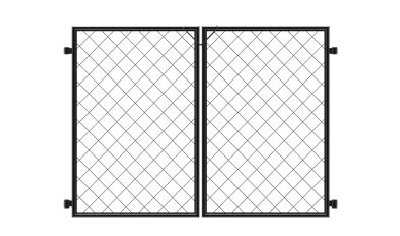warehouse shelving systems
Каст . 07, 2024 05:35
Understanding Warehouse Shelving Systems Maximizing Space and Efficiency
In the world of logistics and warehousing, efficient space utilization is paramount. One of the most effective solutions to optimize space and enhance operational efficiency is the implementation of a well-designed shelving system. Warehouse shelving systems are essential for organizing inventory, facilitating easy access to goods, and improving overall productivity. This article will delve into the various types of shelving systems, their benefits, and considerations for selecting the right system for any warehouse.
Types of Warehouse Shelving Systems
1. Selective Pallet Racking This is one of the most common types of shelving systems, designed to hold palletized products. It allows for easy access to all items, making it ideal for warehouses with a diverse range of products. Selective racking is adjustable, enabling businesses to customize the layout according to their inventory requirements.
2. Drive-In Racking This system is designed for high-density storage. Rather than accessing each pallet individually, forklifts can drive into the racking system to load or unload pallets. This maximizes space but sacrifices some accessibility, making it best suited for high-volume, low-variability inventory.
3. Cantilever Racking Ideal for storing long or bulky items, cantilever racks feature arms extending from a vertical frame, allowing for easy loading and unloading. This shelving system is perfect for warehouses that handle lumber, pipes, or other lengthy products.
4. Multi-Tier Racking For warehouses with limited floor space, multi-tier racking systems create additional levels of storage. These systems utilize the vertical space effectively, making it possible to store smaller items or components in a compact area.
5. Mobile Racking In this innovative system, shelving units are mounted on mobile bases that can be relocated. This allows for greater flexibility and maximizes available space, as aisles can be adjusted based on current needs. Mobile racking is particularly beneficial in facilities with fluctuating inventory levels.
Benefits of Implementing Shelving Systems
warehouse shelving systems

The advantages of warehouse shelving systems extend beyond just maximizing storage space. Implementing an efficient shelving system leads to improved organization, allowing for quicker retrieval of items. This results in enhanced operational efficiency and ultimately contributes to faster order fulfillment—a crucial factor in today’s competitive market.
Additionally, well-structured shelving reduces the risk of items being damaged during storage and retrieval. Proper organization minimizes the time spent searching for products, reducing labor costs and improving worker productivity.
Considerations for Choosing the Right Shelving System
When selecting a shelving system, several factors must be taken into account
- Type of Inventory The nature and dimensions of the products dictate which shelving system is most suitable. Businesses must assess their inventory mix to determine the right configuration.
- Space Constraints Evaluating the warehouse layout—including floor space and vertical clearance—is essential for selecting a system that maximizes the use of available space.
- Weight Capacity Understanding the weight of stored items and ensuring that the shelving system can handle this load is crucial for safety and stability.
- Future Growth Considering future inventory expansion or changes in product lines can aid in selecting a flexible shelving system that can adapt to evolving needs.
In conclusion, the right warehouse shelving system can significantly enhance storage efficiency, organization, and operational productivity. By understanding the different types of shelving systems and their respective benefits, businesses can make informed decisions that cater to their specific needs—all while creating a seamless warehousing operation designed for future growth and adaptability.




















